 |
| Minister of Science and Technology Huynh Thanh Dat speaks at the Workshop. (Photo: BL) |
On the morning of July 29, in Hanoi, the Ministry of Science and Technology (MOST) held a workshop to evaluate the results of the implementation of the Program on conservation and sustainable use of genes in the period 2015 - 2024 and orientation for implementation in the period 2025 - 2030.
Discover, collect and preserve over 7,000 valuable medicinal gene sources
According to the Ministry of Science and Technology, in recent times, the Ministry of Science and Technology, together with ministries, sectors and localities, have proactively and actively participated in the development and completion of legal documents and the implementation of conservation, storage, exploitation and development of genetic resources. The implementation of the Program has achieved many encouraging results in the conservation and development of genetic resources, contributing to socio -economic development, environmental protection and national defense and security.
By 2023, through the tasks of conservation and sustainable use of genetic resources, the total number of genetic resources collected and preserved is 80,911, including 47,772 agricultural plant genetic resources, 5,768 forestry plant genetic resources, 7,039 medicinal plant genetic resources, 891 livestock genetic resources, 391 aquatic genetic resources, and 19,050 microbial genetic resources.
Typically, the Plant Resources Center (Vietnam Academy of Agricultural Sciences) has investigated and collected over 10,000 genetic resources of various plant groups. The Vietnam Academy of Forestry Sciences and universities with forestry faculties have recently collected and preserved nearly 2,000 genetic resources of 70 species of forestry trees, including genetic resources of many rare species with 100% indigenous genetic resources for planting in some localities such as Son La, Lao Cai, Ba Vi, Phu Tho, Lam Dong, Dak Nong, Binh Thuan... In particular, in recent years, the number of genetic resources with medicinal value has been discovered, collected and preserved about 7,000 genetic resources.
In addition, many rare and valuable genetic resources with economic value in the fields of forestry, medicinal herbs, livestock, aquaculture, microorganisms, etc. have been effectively exploited and developed. The tasks of exploiting and developing genetic resources have been implemented with over 300 genetic resources of animals and plants and over 700 genetic resources of microorganisms; of which, 178 technological processes have been mastered, technical instructions on breeding, selection, cultivation, raising and care of genetic resources have been provided; 129 experimental models of technical application and replication of results in production practices have been deployed, bringing about economic and social efficiency at the implementation site. The tasks have also built hundreds of basic standards, including standards for nucleus herds, superior plants, breeding herds, production herds, commercial seedlings, etc.
Along with the Ministries, localities have also actively participated in the Program and achieved many achievements, typically the provinces of Quang Ninh, Thai Nguyen, Hanoi, Nghe An, Thua Thien Hue, Can Tho city... with many outstanding results, making important contributions to the socio-economic development process in the localities.
Many of these products have become national 5-star OCOP products such as Ha Long Pearl exported to the UK, India, and Japan with a value of about 6-8 billion VND/year; Quy Hoa Golden Flower Tea is negotiating for global distribution by Korean Enterprises; Binh Lieu Anise exports over 50 billion VND/year.
Some genetic resources have developed into concentrated commodity products, built and protected brands to meet market demand, creating jobs for rural workers such as: Xa Doai oranges, Dien grapefruit, Bac Kan tangerines, seedless persimmons, dong vermicelli, green-necked duck, Cho Don rice, Ngan Son nua lech, Bang Phuc snow shan tea of Cho Don district... The above results are clear evidence of the efforts of conservation, evaluation and development of genetic resources nationwide in recent times.
Developing technology to preserve, store and evaluate genetic resources
Speaking at the workshop, Minister of Science and Technology Huynh Thanh Dat said that through the results of the Program for Conservation and Sustainable Use of Genes for the period 2015 - 2024, implemented by the Ministry of Science and Technology as the focal agency, over 80,000 endemic, precious and rare gene sources have been preserved and stored. This is an extremely valuable source of materials, serving the work of selecting and breeding new varieties with better productivity, quality and higher value. In addition, researchers have initially assessed nearly 56,000 gene sources; many gene sources have been exploited and applied in production and life such as Ngoc Linh ginseng, mantis shrimp, giant catfish, high-quality native rice, vu huong tree, pig i... contributing to increasing the added value of industries and fields, especially the agricultural sector.
 |
| Overview of the Workshop. (Photo: BL) |
According to Minister Huynh Thanh Dat, the Program's target is living biological genetic resources, so the conservation and development of genetic resources requires regularity and continuity. Therefore, it is urgent to build a legal corridor to continue implementing the Program in the next phase without interruption.
The Minister emphasized that in the coming time, in order to complete the set goals, contributing to the successful implementation of the National Strategy on Biodiversity to 2030, with a vision to 2050, it is necessary to continue to strengthen and upgrade facilities, equipment, scientific research, and technology development to serve the work of conservation, storage, and evaluation of genetic resources; increase scientific and technological resources to conserve and sustainably use genetic resources, contributing to the conservation of biodiversity and protection of the country's resources.
Professor, Dr. Chu Hoang Ha, Vice President of the Vietnam Academy of Science and Technology, said that, following the trend, Vietnam is aiming to promote the development of a bio-based economy, a green economy, and a circular economy. The fourth industrial revolution has shown the importance and role of indigenous genetic resources in socio-economic development based on the strengths of agricultural development and the diversity of indigenous genetic resources. Therefore, the implementation of the Program for the conservation and sustainable use of genes in the period 2025 - 2030 needs to continue to prioritize the development of in-depth basic research on genetic resources (digitizing genetic resources according to international standards, maintaining conservation, registering intellectual property, etc.) combined with traditional research on animal, plant and microbiological genetic resources.
At the workshop, experts proposed solutions and policy mechanisms to remove difficulties and obstacles in the process of implementing conservation, assessment, exploitation and development of biological genetic resources; scientific and technological orientation in conservation, assessment, exploitation and development of biological genetic resources until 2030./.







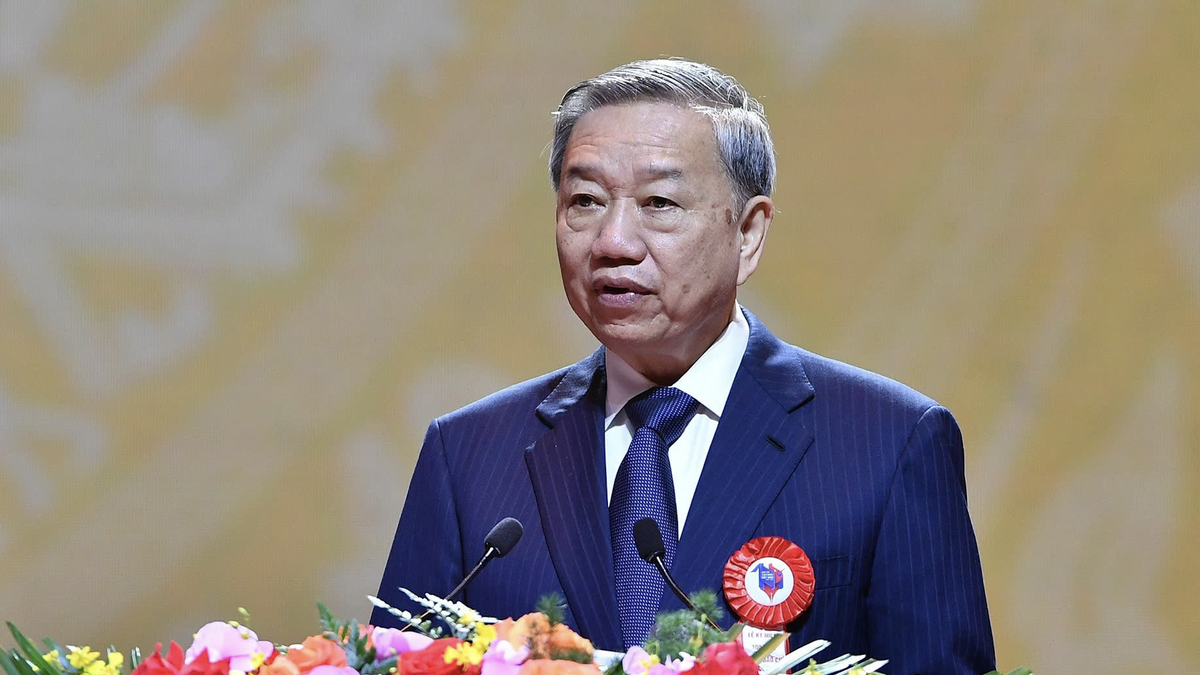
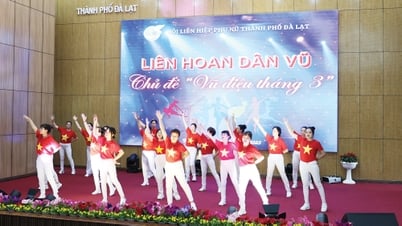




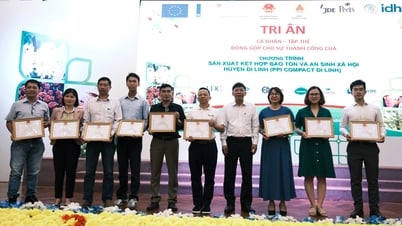











![[Photo] Central Propaganda and Mass Mobilization Department meets with exemplary journalists](https://vphoto.vietnam.vn/thumb/1200x675/vietnam/resource/IMAGE/2025/6/21/9509840458074c03a5831541450d39f8)




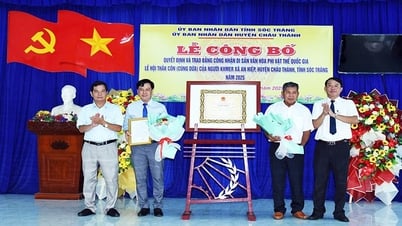










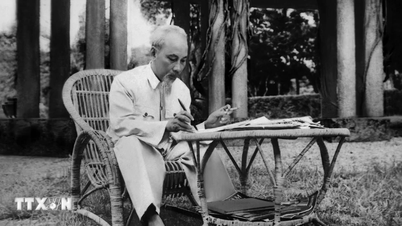






![[Maritime News] Wan Hai Lines invests $150 million to buy 48,000 containers](https://vphoto.vietnam.vn/thumb/402x226/vietnam/resource/IMAGE/2025/6/20/c945a62aff624b4bb5c25e67e9bcc1cb)



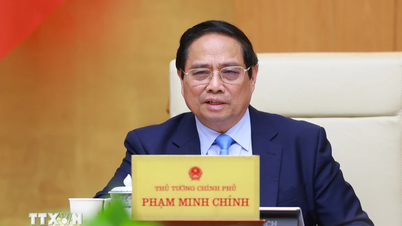
















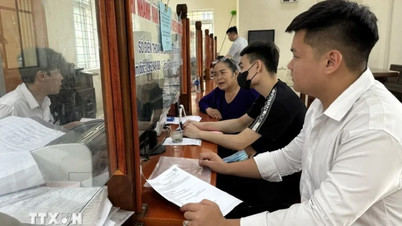














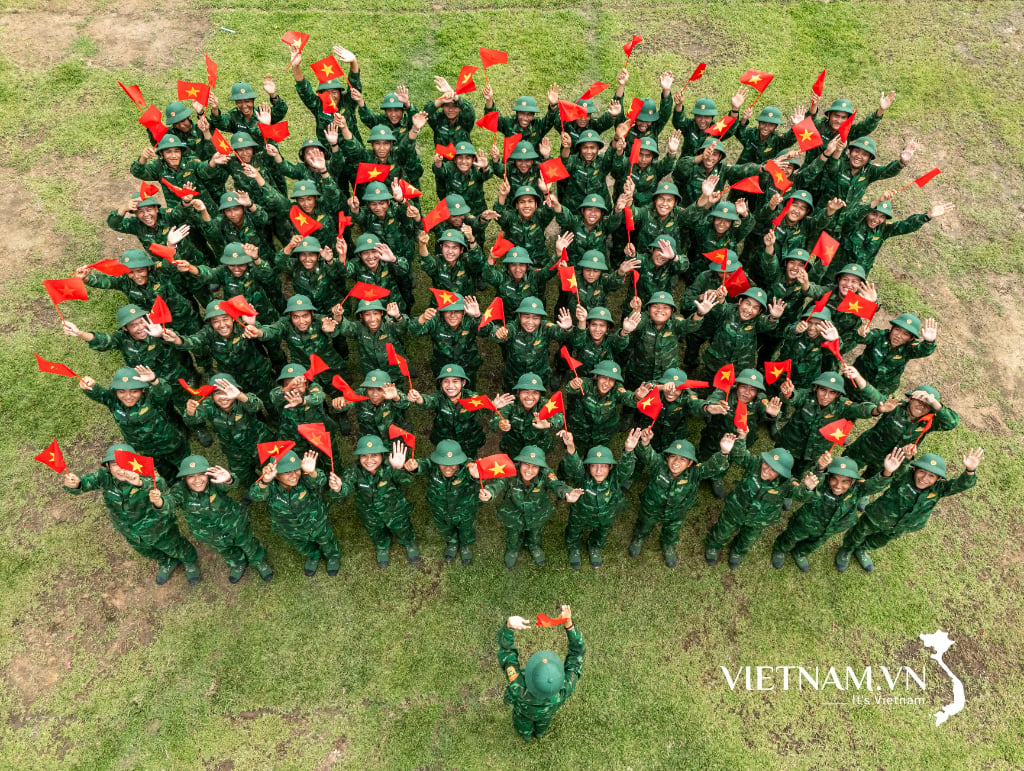


Comment (0)